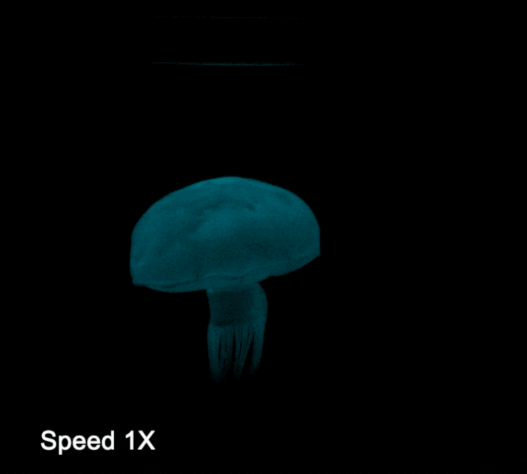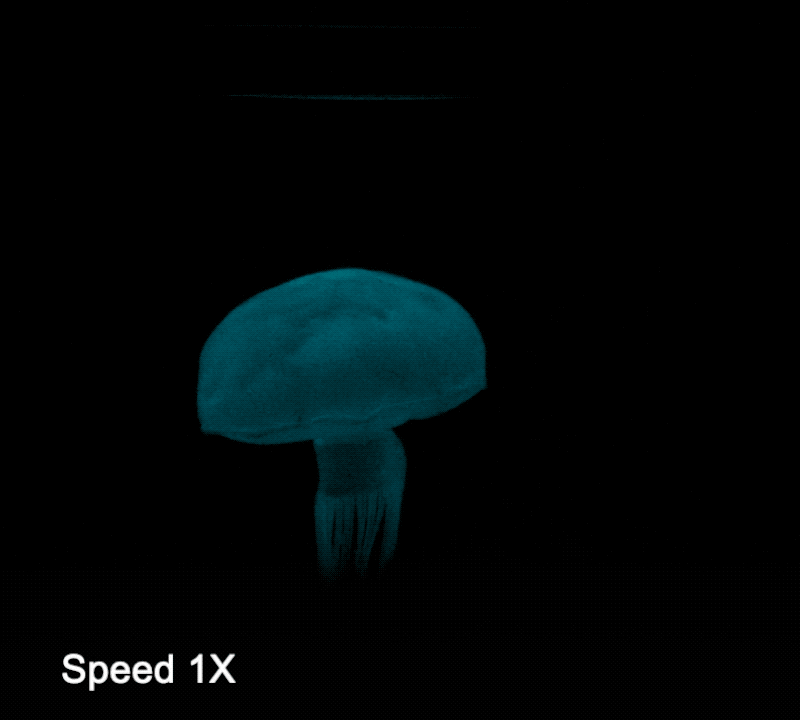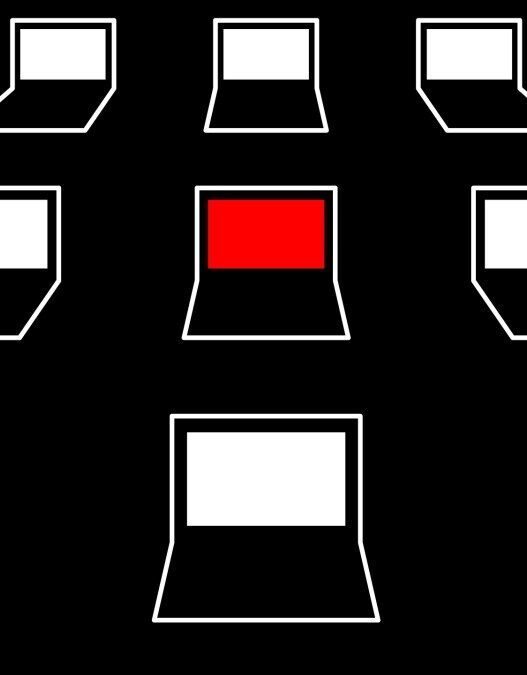Researchers at Cornell University on Monday an offer A pair of vital inspired robots works on a liquid hydraulic battery. The oxidation battery (RFB) also simulates biological functions, as it releases electric fluids, which dissolve to create energy through chemical reaction.
The first two programs are displayed, unit worm and currencies, designed by Cornell Engineering Laborators. Batteries that operate these systems use the embodied energy, “a approach that merges energy sources in the body of the device, to reduce their weight and cost,” according to the school.
Professor of mechanical and satellite engineering, Rob Shbird, describes basic technology as such: “There are a lot of hydraulic robots, and we are the first to use the hydraulic fluid as a batter, which reduces the total weight of the robot, because the battery serves two purposes, which provides energy to the system and provides strength to make it move .
In addition to improving speed and movements, the battery technology has been extended at the time of the operation of robot jellyfish to an hour and a half. The same robot was built on the top of the technology that the school used to develop a Biological robot inspired by lion thickness. When this system was revealed in 2019, the researchers referred to the liquid circulating as “robot blood”, making the battery a robot heart.
The RFB, which operates the jellyfish amputation, features a robot to the top when it folds in the form of a bell. When the shape is relaxed, the robot drowns down. The regime footage at work displays familiar movements similar to jellyfish as they move through the water.

Meanwhile, the worm was built from normative slices, similar to those seen on the largest snake robots. Each piece contains a drive and a tendon operator, which expands and shrinks to create the movement.
The team notes that the transition from underwater to the ground provided its own challenges. The most important of them is the fact that the submerged robots do not require a solid bone structure.
“This is the way life has evolved on Earth,” says Shbred. “You start with fish, then get a simple object and the ground supports it. The worm is a simple object, but it has more degrees of freedom.”











